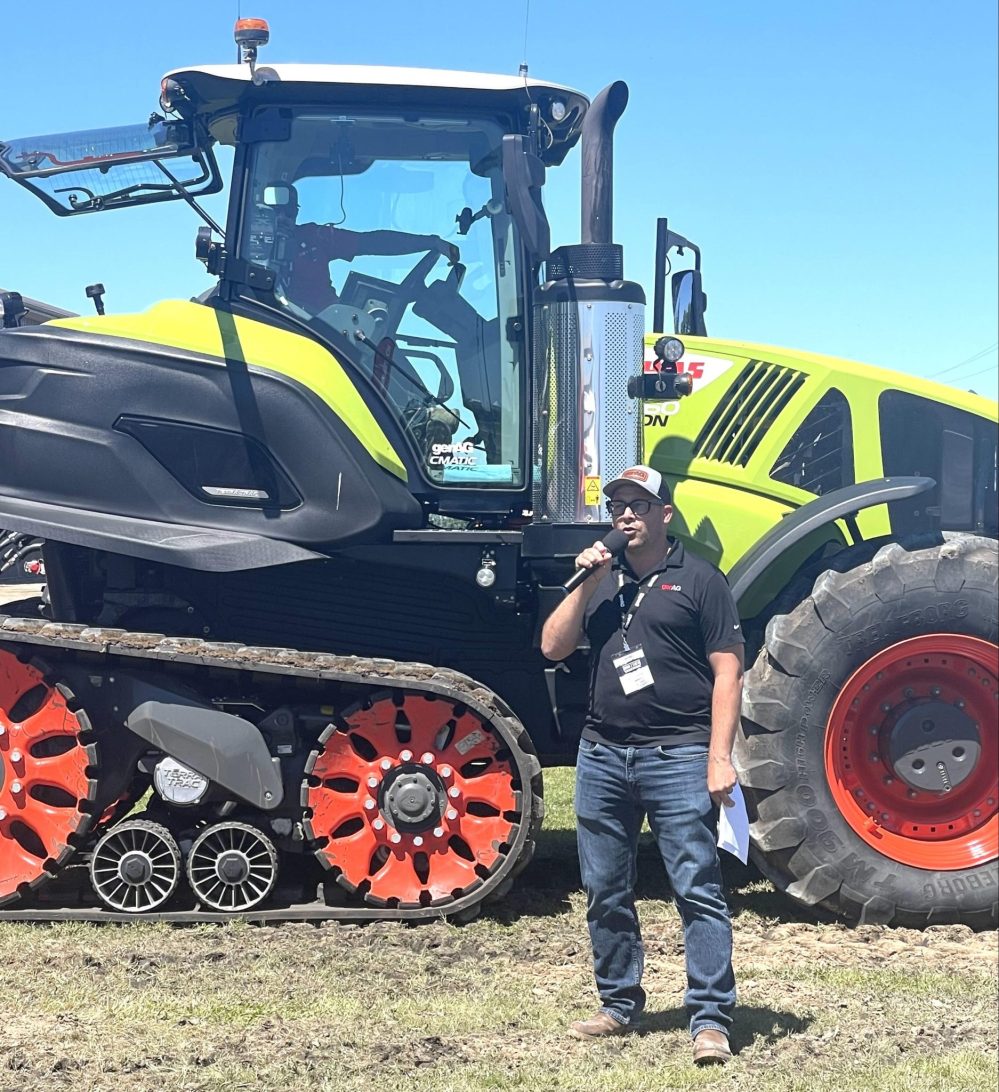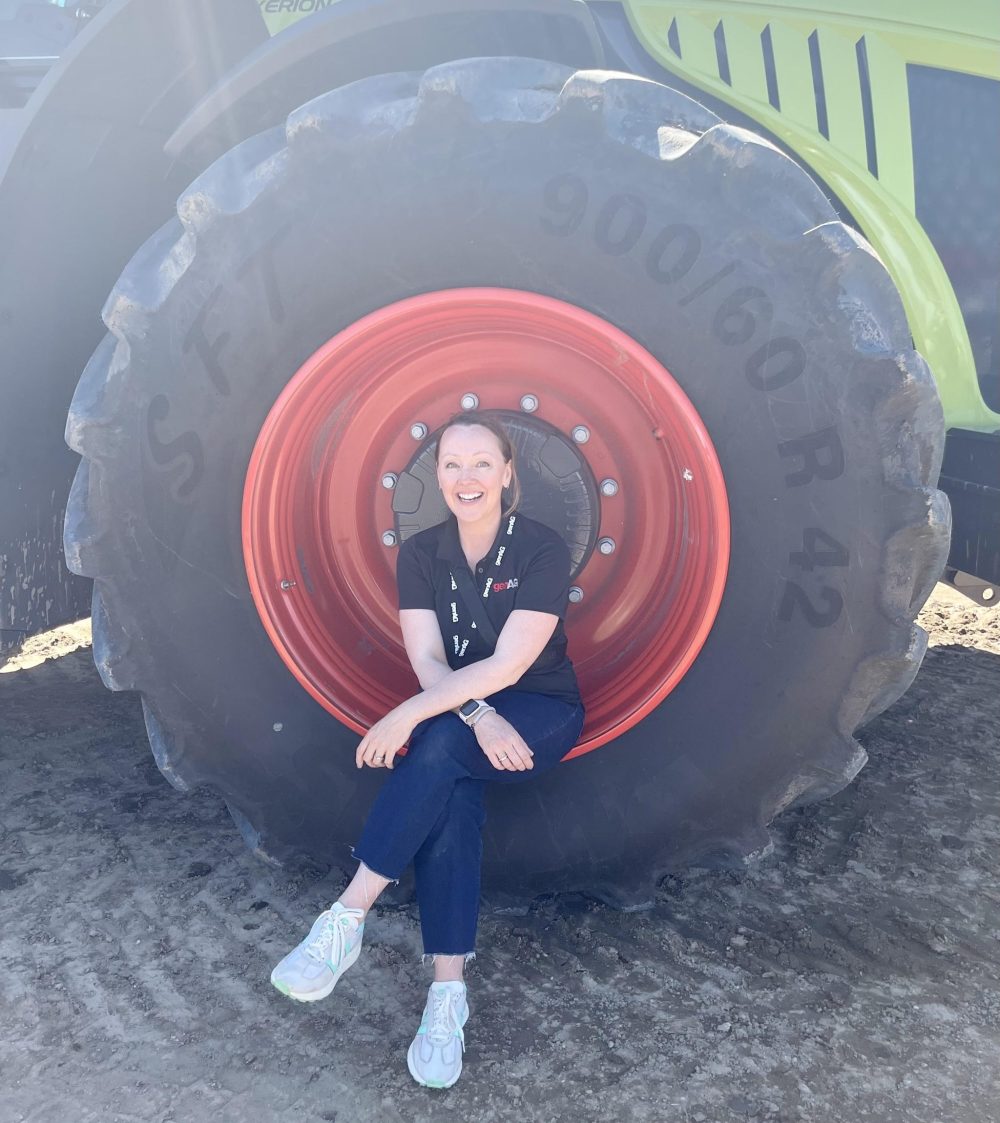Farming: A bigger learning curve than it used to be
Advertisement
Hey there, time traveller!
This article was published 09/10/2024 (343 days ago), so information in it may no longer be current.
A hundred years ago, farmers were still using horses to get their work done. It’s hard to imagine that, when you see today’s fields, packed with high-tech machinery and computers doing the navigating instead of the farmer’s seasoned eye.
Over the past century, agriculture has hit some major milestones, from commercial fertilizers and hybrid corn to GMOs. But the real game-changer has been the evolution of tractors and implements.
Nowadays, precision is everything. Each seed is planted at just the right distance and depth, with sensors on every row keeping track and sending updates to the cab. If something’s off, the farmer knows right away. Planters use pneumatic downforce to keep the pressure just right, adjusting on the fly based on how firm the ground is.

Spraying tech has also come a long way. Modern sprayers can shut off row by row to avoid over spraying and can even target just the weeds, leaving the bare ground alone. This means farmers can use less herbicide while still getting the job done.
With all this tech, choosing and learning your machinery can be a daunting task. This is where experienced ag dealers come in.
Melissa Vencatasamy is the general manager of a second-generation farm equipment business called genAg. With an experienced team of technicians at each of their three locations in Winkler, Portage la Prairie, and Steinbach – the business takes pride in offering training and assistance for producers.
“Equipment is becoming more complex. These are not your grandfather’s tractors,” says Vencatasamy. “These are way beyond even my scope. They all have computers on them now, so you have to know how to work the computer to work the machine. This is very advanced technology. So, we offer training for producers all winter long at various clinics for various operators. The education piece is very important.”
Greg Braun agrees. After years of experience in equipment sales with genAg, he’s seen firsthand how the new technology has added efficiency and led to healthier profits – but it comes with some learning.
“This goes beyond just being a dealership. It involves a lot of training, and a lot of classroom time in the field,” he says, explaining how their team learns and operates the equipment alongside the farmers, during planting and seeding season. “We sit in his tractor, and that is one way we can learn about the equipment, and the best way to use it.”
The business offers a variety of products: CLAAS tractors, foragers and hay tools, SPUDNIK/GRIMME potato & vegetable equipment, Drago corn & sunflower headers, HORSCH tillage, seeding, planting and spraying equipment, as well as COLOtMBO dry/edible bean harvesting equipment.
“Our customers invest a lot of money and time into these products and this lifestyle. It’s important to give them the support and the education they need to use them properly.”

Last summer, they hosted their by-annual Down2Earth event, which always includes equipment demonstrations, educational sessions where producers spend one-on-one time with the actual manufacturers and can ask all their burning questions and gain valuable insights.
There was also a panel of speakers, who covered topics like stress management and finance on the farm, which are no less relevant since technology came along.
Jeremy Hughes, product manager at Horsch, based out of North Dakota, also shared his insights. He discussed changes in the industry, in relation to residue management, soil structure, and extreme weather conditions.
“It’s about getting customers to sit down and analyze what’s going on, and potentially changing some of their dynamics and techniques to achieve more yield, more revenue, and look at it from a long-term strategy rather than year to year.”
Hughes reflected on the influx of precipitation last spring.
“It’s been an extreme weather year. We had a very wet spring. Back home in the U.S., our corn belt region was close to a month behind getting planted this year. We always talk about the pinnacle planting date. After a certain date, you start losing yield because of the calendar. We far surpassed that in many regions of the major corn and soybean areas of the U.S.”
He added, “With our climate changing, our seeding windows are getting shorter, and when we have the time to get out there to get the job done, we need to get the most done.”
While high tech equipment can’t control the weather, it can provide producers with better systems to spray at higher wind speeds, with nozzles that are more directed at the target.

“We work with planting and seeding technology, running at higher speeds, with less time filling, more time running, and more acres per day, so that when that window opens, we can capitalize and grab more productivity rather than sacrificing it with something that’s slower.”
Vencatasamy says with new technology comes better efficiency.
“These days, farmers have to be constantly more efficient and able to do as much as possible, while keeping the costs as low as possible. With interest rates climbing, and all other things getting more expensive, the more we can do for the same cost or less cost, the better for everyone.”
She adds, “Our goal is to get the equipment to be as efficient and meet the needs that they have. It’s always a changing environment, but I think in general, that’s just the way it has to be. Can you use technology? Can you do something to make this machine do a little bit more with what they have? Farming has always been a learning curve, but now it’s become a lot more complex, and producers as well as dealers need to be willing to learn.”
